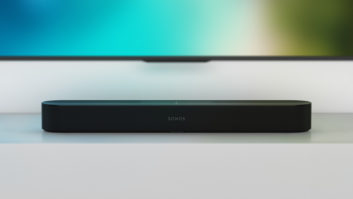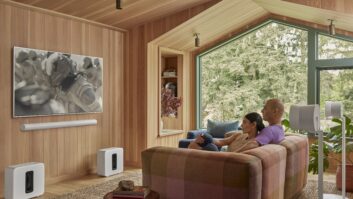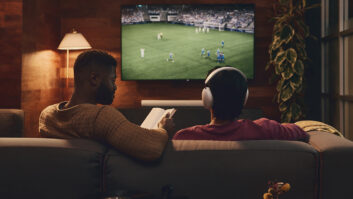
Once upon a time, there was a new technology that compressed your favorite songs and allowed you to take them with you on these neat little devices called MP3 players. And, there was an AV industry that promised this technology would never be mainstream…for the people would never settle for subpar music quality.
Clearly that story was pure fantasy. Our industry was wrong.
Obviously, people loved being able to play their favorite song anywhere at any time. They were more than willing to trade off a bit of quality for simplicity and ease of use.
The industry did, eventually, begin to adapt.
Speakers continued to be installed in ceilings and walls, and wires were still run to the head end, but now perhaps there was a place for the client to connect their device and play their MP3s throughout the house.
Years ago, when a client walked in requesting music for their new build, we would sit them down and decided if they needed a four-, six-, or eight-zone system. We planned wire runs and made sure we were in before installation and drywall. We would plead with them to “future proof” and prewire rooms they may desire to listen to music in at a later date.
Meanwhile, in 2005 Sonos shipped their first product after three years of building a music system for the digital age. With the advent of the iPhone (2007) and streaming (Hello, iTunes), over the next decade, Sonos began to find its place in the market. They built a wireless home sound system that could fill one or multiple rooms with song, with no clunky system purchase up front. They did this using Sonosnet, a dedicated secure wireless mesh network.
Sonos changed the game.
[4 Features That Could Make Sonos Even Better.]
Today, my system of choice is still wired in my ceiling with high-quality in-ceiling speakers throughout (because your eyes don’t float up when you walk into the room, so the speakers disappear). Today, however, those wires don’t need to meet in a large trunk in the basement. They run back to a Connect Amp, and the app brings them all together as one system. Want to add music a year later to your bedroom? Then add on a Play 1, Play 3, or Play 5 and, boom, you’ve added another room of music to your home.
Sonos didn’t grow up inside our AV Industry boundaries. They don’t call to notify us when they are updating their software, which may end up bringing down the control system you built on top of their technology. The profit margin on their product is slim. Yes, these reasons may cause you frustration, and lately I have seen a lot of grouching against Sonos on social media. But, if you can pull yourself back from your perspective, it indeed is a grand choice for the consumer.
We have two options, we can sell the client the right solution that will turn into a long-term relationship, or we can complain. Yes, there are (finally) other options for digital music systems out there, and they are getting better. So if you believe that it is the best option for your client, you should sell it.
Just remember that perhaps we all owe Sonos a thank you. Thank you for making life easier for the client. Thank you for creating a way for a client to grow their system over years and years. Thank you for creating a simple, no programming system for the client when they just want some music in their house.
Thanks Sonos.







